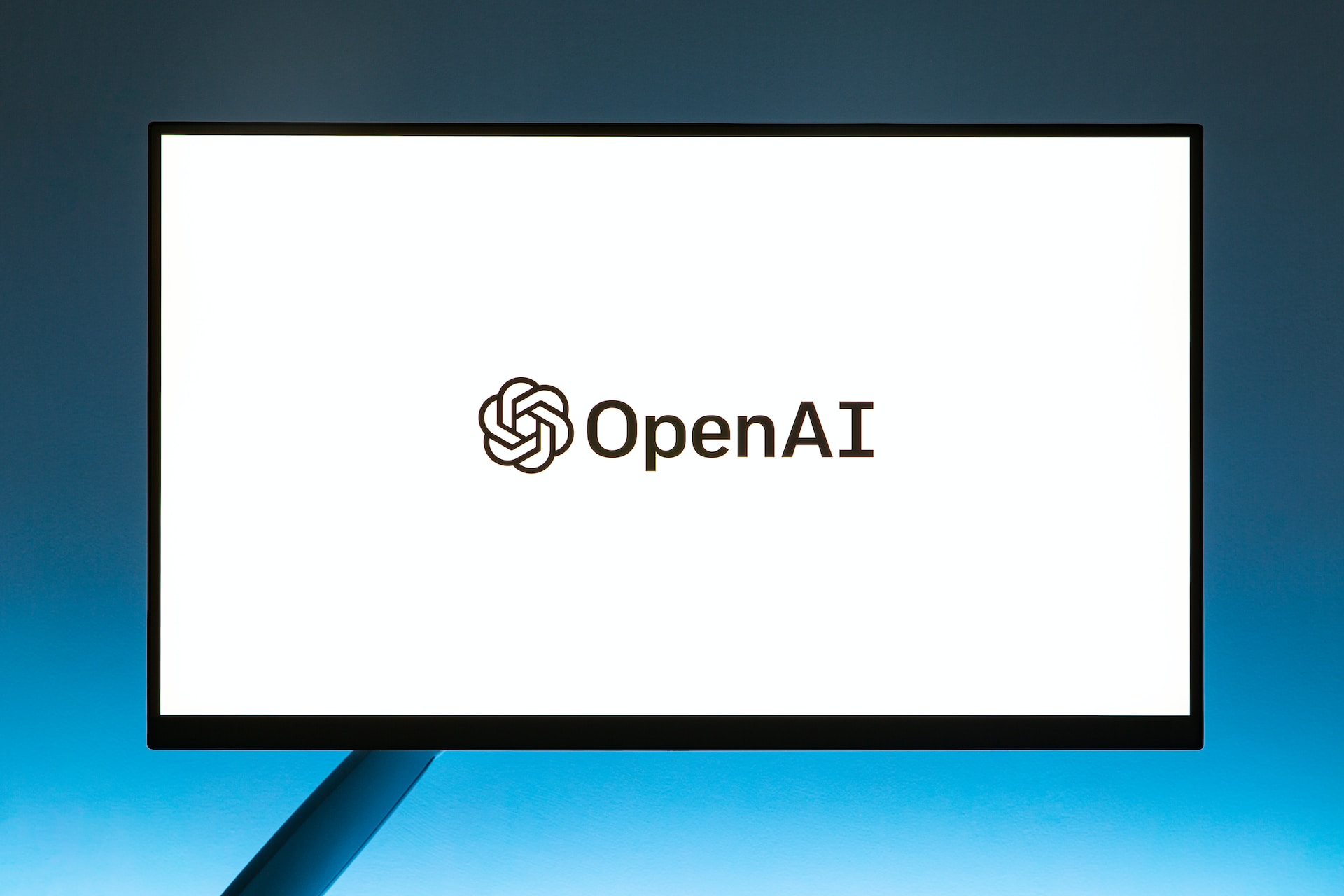Generative Pre-trained Transformer (GPT) models are bringing innovative advancements in the domain of natural language processing. These models process, understand, and respond to text data in a human-like manner. Particularly, the browsing capabilities of GPT models hold many intriguing possibilities. In this article, we explore the topics or genres most commonly referenced by GPT models while browsing, and the kind of information these models seek or generate during browsing.
目次
1. Addressing Knowledge Gaps
Models like GPT-3 have a tendency to “hallucinate” information when executing tasks that require obscure real-world knowledge. To address this issue, OpenAI developed a prototype known as WebGPT. WebGPT aims to bridge this knowledge gap by providing factual information to open-ended questions using a text-based web browser12.
2. Browser-Assisted Question-Answering
WebGPT has been fine-tuned to answer long-form questions using a text-based web-browsing environment. This demonstrates the model’s ability to search and navigate the web, fetching detailed information to answer queries3.
3. Essay Creation on Various Topics
GPT-4 is noted for its ability to create essays on various topics and include citations. This suggests a broad range of topics it might reference while browsing, making it an invaluable tool for students and professionals alike4.
The browsing capabilities of GPT models are driven by the necessity to answer questions or provide information across a wide range of topics. The topics referenced during browsing could be vast and varied, depending on the questions posed to these models or the tasks they are aimed to accomplish. The evolution of GPT models and the accompanying improvement in browsing capabilities continue to be a focus of attention, with many interesting discoveries anticipated in the future.









最近のコメント